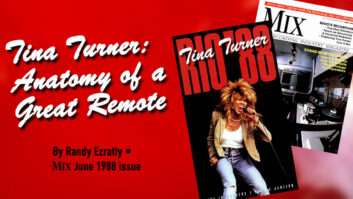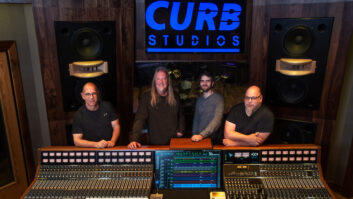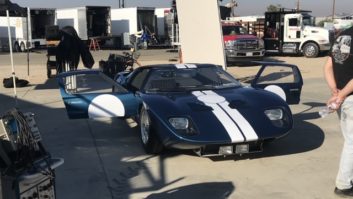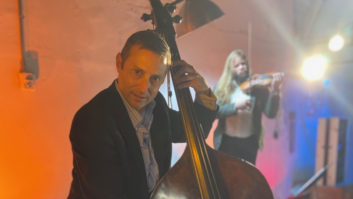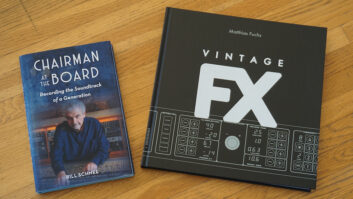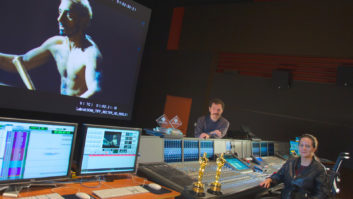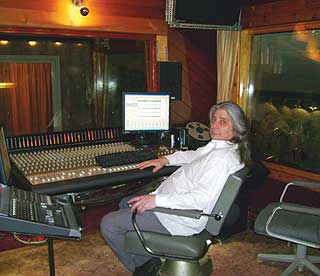
Randy Green in his control room working on the tenth album for folk artist Jack Williams
Photo: Tracy Jane Comer
Randy Green had been working steadily as a musician in Madison, Wis., since 1966, when, in 1985, he built a recording studio in his garage near Cottage Grove, Wis. “I wanted to record myself,” he explains. “In those days, the average musician never saw a studio. And so I said, ‘Okay, I want to make a place where the working musician—paying what he’s going to be able to pay from what he makes playing music—can get a decent recording!’”
Thus began Randy’s Recording, which today offers full music-production services, including mastering. “If you’re going to survive in a smaller town, you have to be able to do everything that’s here or you won’t have enough work,” Green says, noting that his clientele is “almost all referrals. I’m the only studio in this town that has never been in the phone book. Word-of-mouth, even in a town of a quarter-million people, is good enough if you’re liked because musicians talk. All my customers want to be here.”
Green used his recording income to expand his studio into its present configuration by the mid-’90s. Randy’s Recording features wood construction and comprises a 12×17-foot control room, three tracking rooms, a lounge and an office. “It’s built for sound and made to be comfortable,” Green says. “People play better when they’re comfortable—everybody likes a cup of coffee and a good couch.”
Green’s choice of equipment reflects his preference for capturing analog sound within the digital domain. On the digital side, Green has a Dell Dimension 8300 PC with a dual-core 3.2GHz Pentium 4 CPU and uses a Mackie Control Universal control surface to run Sony software (Vegas Pro 7, Acid Pro, DVD Architect and Sound Forge), Steinberg WaveLab, and plug-ins from iZotope, Sony, Steinberg and Waves. For an analog front end, Green uses a 32-channel Tascam M3500 console and the preamps in a Tascam MSR-24 tape machine, which are patched into a MOTU 24I/O audio interface. Randy’s Recording also houses a plethora of outboard gear from Alesis, Aphex, Ashly, dbx, DigiTech, Lexicon, Symetrix and more.
The studio’s mic closet comprises AKG, Audio-Technica, Electro-Voice, Equitech, MXL, Sennheiser, Shure and Studio Projects models. Monitoring is via JBL, TOA and Auratone near-fields. Plus, Green offers a 1939 Kitt upright acoustic piano, a 1955 Hammond M3 organ and an 88-key Kurzweil Mark Pro 2 digital grand piano. “This studio is oriented toward people who can play,” Green says. “My production style is to go for the heart of the music first.”
Green is available to produce projects at a client’s discretion. “Being produced is a choice from the artist’s point of view,” he says. “Producing is like playing with fire because you could blow up a project if you don’t produce it right. If the original concept in the composer’s mind was good, [then] everything [in production] is just simply unwrapping that idea. You can’t add something to an idea to make it better. A really good song is good to the bone.”
